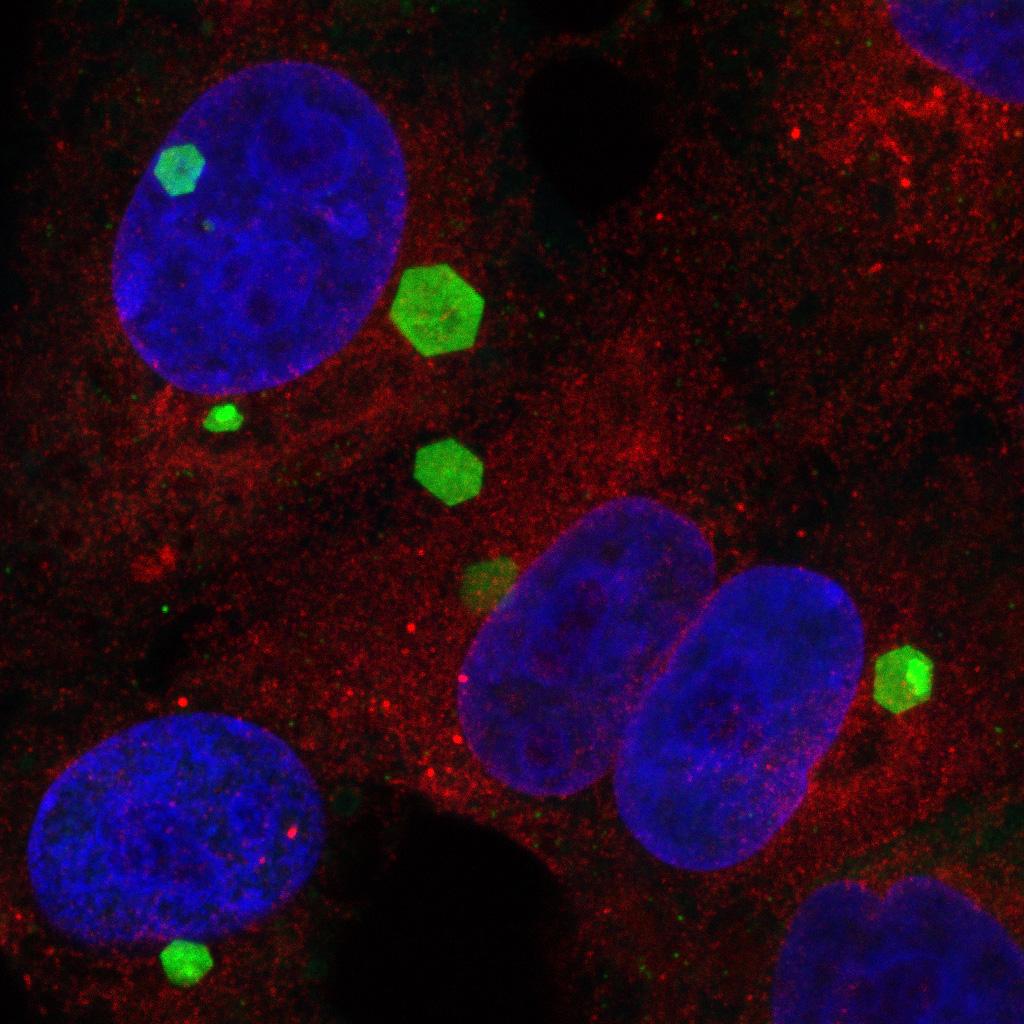Where are the horses? With the sheep or cows? Uncertain host location, vector-feeding preferences and the risk of African horse sickness transmission in Great Britain
Understanding the influence of non-susceptible hosts on vector-borne disease transmission is an important epidemiological problem. However, investigation of its impact can be complicated by uncertainty in the location of the hosts. Estimating the risk of transmission of African horse sickness (AHS) in Great Britain (GB), a virus transmitted by Culicoides biting midges, provides an insightful example because: (i) the patterns of risk are expected to be influenced by the presence of non-susceptible vertebrate hosts (cattle and sheep) and (ii) incomplete information on the spatial distribution of horses is available because the GB National Equine Database records owner, rather than horse, locations. Here, we combine land-use data with available horse owner distributions and, using a Bayesian approach, infer a realistic distribution for the location of horses. We estimate the risk of an outbreak of AHS in GB, using the basic reproduction number (R0), and demonstrate that mapping owner addresses as a proxy for horse location significantly underestimates the risk. We clarify the role of non-susceptible vertebrate hosts by showing that the risk of disease in the presence of many hosts (susceptible and non-susceptible) can be ultimately reduced to two fundamental factors: first, the abundance of vectors and how this depends on host density, and, second, the differential feeding preference of vectors among animal species
Back to publications
